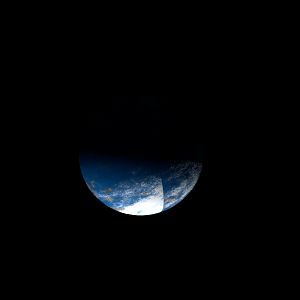|
|
Space Astro
|
Info for exoplanet "Donuryo Pya"
| Scientific (actual) data |
|---|
| Name | Kepler-71 b |
| Planet status | Confirmed |
| Radius | 1.11001 |
| Orbital period | 3.90512 |
| Semi major axis | 0.0477 |
| Orbit eccentricity | 0 |
| Inclination | 89.8 |
| Discovered | 2010 |
| Updated | 2022-01-06 |
| Tconj | 2454970 |
| Publication | Announced on a website |
| Detection type | Primary Transit |
| Radius measurement type | Primary Transit |
| Alternate names | 2MASS J19392772+4617090 b, BOKS-1 b, K00217.01, KIC 9595827 b, KOI-217.01, WISE J193927.71+461708.9 b, KOI-217 b |
| Star name | KOI-217 |
| Right ascension | 294.87° |
| Declination | 46.29° |
| Mag v | 15.386 |
| Mag j | 13.927 |
| Mag h | 13.55 |
| Star distance | 800 |
| Star metallicity | -0.2 |
| Star mass | 0.95 |
| Star radius | 0.86 |
| Star temperature | 5545 |
| Star alternate names | 2MASS J19392772+4617090, BOKS-1, KIC 9595827, Kepler-71, WISE J193927.71+461708.9 |
| Wikipedia article | Kepler-71 b |
Back
| |
| Fictional info (?) |
|---|
| Suggested name | Donuryo Pya |
| Planet type | Hot planet |
| It is a hot planet planet with a mass one-thousandth that of KOI-217, but two-and-a-half times that of all the other planets in its solar system combined. When viewed from Earth, this proximity to KOI-217 means the planet can only be seen near the western or eastern horizon during the early evening or early morning.
This lovely planet is known for its small interesting herbivores known as "Fubyaha Zeze". They spend their life in the mountains by devouring another species called Rupa Seso-su. Most Fubyaha Zeze are related to Shakyu-kya and have 6 legs and vary in length from 40 to 80 cm. Most Fubyaha Zeze can survive temperatures from -90 to -70°C and very low gravity which is common on this planet. |
| Estimated population | 23000000000 |
| Atmosphere | Water | 55% |
| Oxygen | 27% |
| Carbon dioxide | 17% |
| Methane | 0.02% |
| Atmospheric pressure | 15 bar |
 |
| No known satellites |
| Google search for Donuryo pya |
|
Website by Joachim Michaelis
|
|
|
|